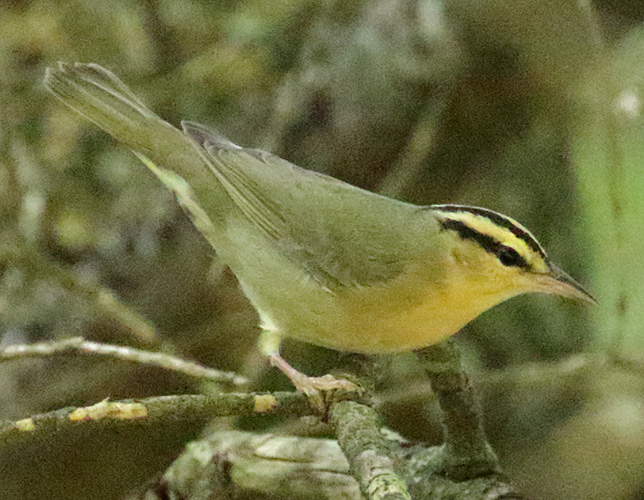
Worm-eating Warbler
Walt Childs and I had read reports from about three weeks ago of warblers seen along Long Run Road in Rockingham County. Neither of us had ever been there before, so we gave it a try. This gravel fire road is north of Route 33 and off of Route 612. We soon realized that it might be a great place for birding in early May or late fall, but the tree cover was so dense now that while we heard lots of birds, we couldn't find most of them. We logged 6 warbler species, but only saw Ovenbirds (many heard), a couple of Worm-eating Warblers, one Black-throated Green Warbler, and while we heard several Black-throated Blue Warblers, we only saw one of them as it flew quickly across the road and above our heads, only to disappear in the tree canopy. We heard several American Redstarts and a few Black and White Warblers, but couldn't locate them. There were lots of vireos, mostly Red-eyed, and a few other avian species. This fire road goes all the way to the West Virginia border, but we turned around after almost 4 miles.

Worm-eating Warbler
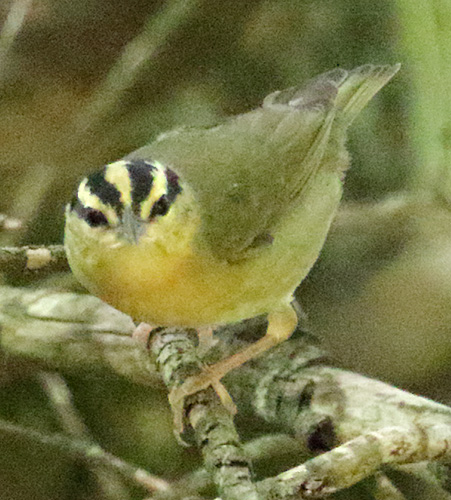
Worm-eating Warbler
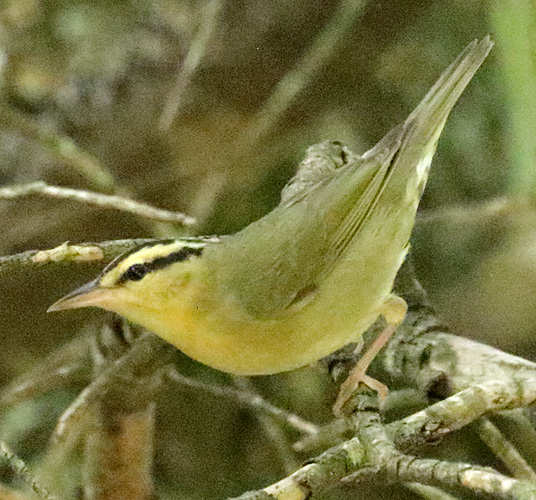
Worm-eating Warbler
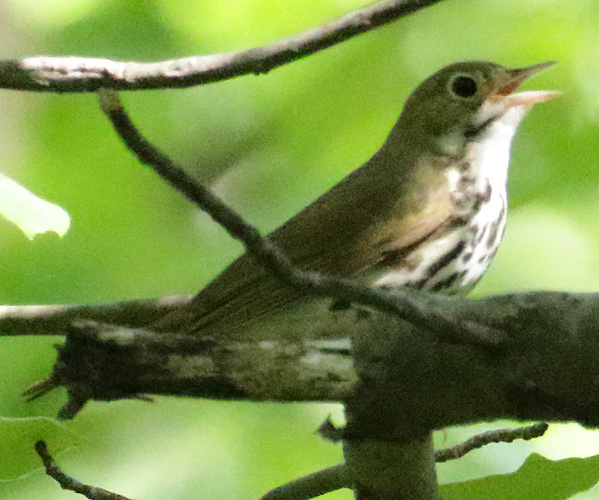
Ovenbird

Ovenbird
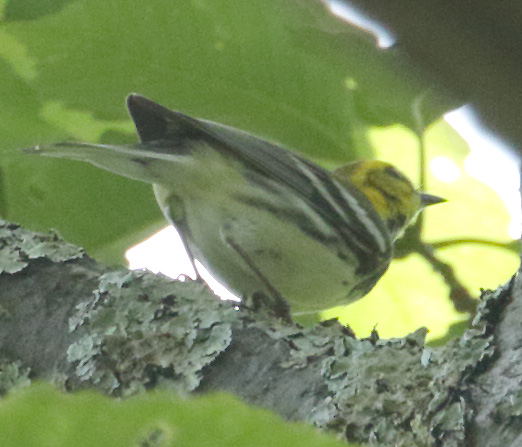
Black-throated Green Warbler
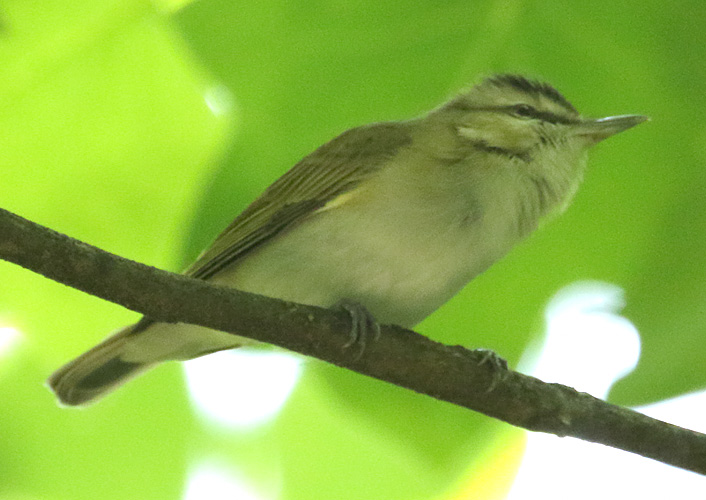
Red-eyed Vireo
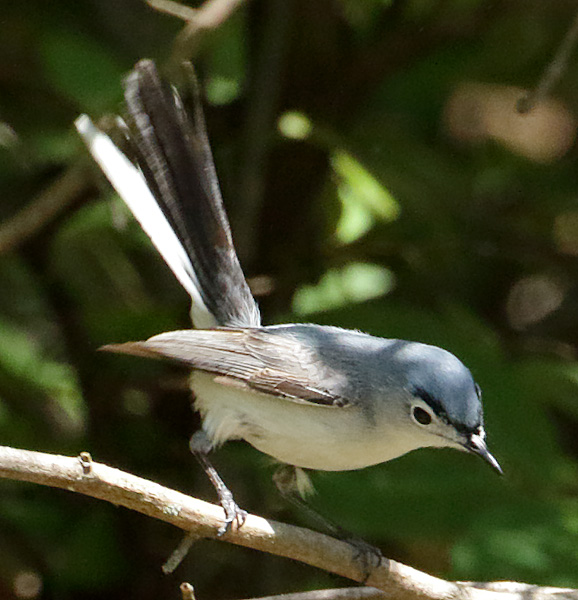
Blue-gray Gnatcatcher
There have been reports of a Wilson's Phalarope for several days at Leonard's Pond in Rockingham County. Both of us had previously seen this species elsewhere, but as we weren't too far away, we stopped there for a look. The pond was filled with cattle when we arrived, and wondered if we would see any birds there at all, but the cattle moved to the field after a short while, and we did see some avian species. There were Tree and Barn Swallows, Red-winged Blackbirds, Song Sparrows, a small flock of Killdeers, a Mourning Dove, an Eastern Meadowlark, and a lone Mallard. One of the Tree Swallows was banded - first Tree Swallow I have ever seen with a leg band.
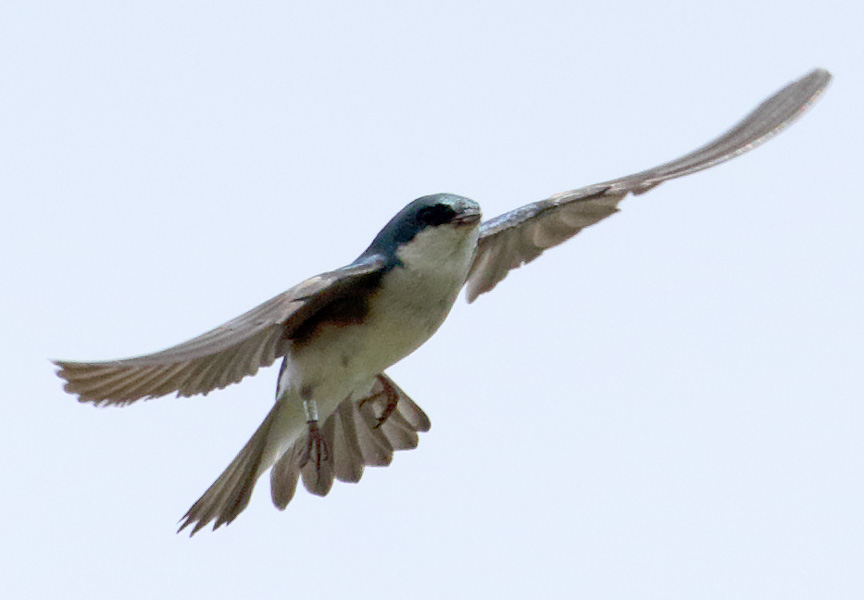
Tree Swallow
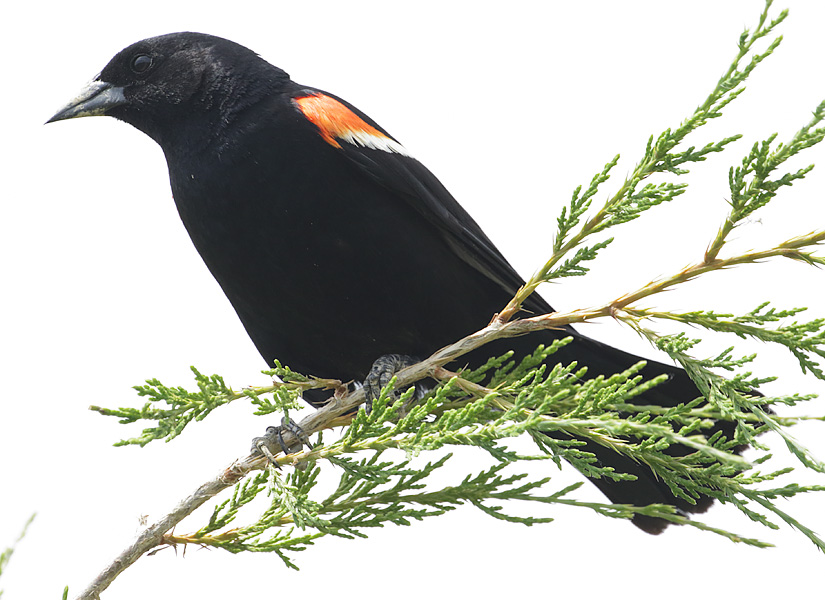
Red-winged Blackbird

Killdeer
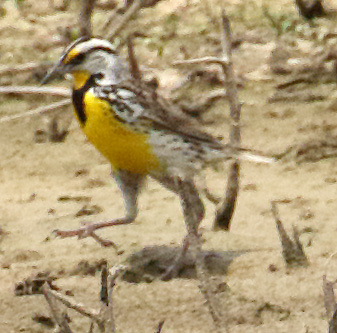
Eastern Meadowlark
And then we saw a small mixed flock of shorebirds. We thought one of them might be the Wilson's Phalarope because it looked significantly larger than the other shorebirds, but after reviewing all of my photos, what I found were two Semipalmated Plovers, four Semipalmated Sandpipers, and one Least Sandpiper. In a few of the views, one of the Semipalmated Sandpipers (black legs) looks huge compared with the Least Sandpiper (yellowish legs and darker in color), but my references state that it's only one quarter of an inch longer. Perhaps this is why we thought we might have seen the phalarope.

Shorebirds: Least Sandpiper, 4 Semipalmated Sandpipers and 2 Semipalmated Plovers
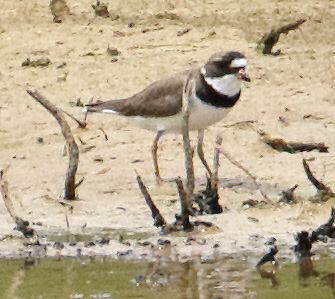
Semipalmated Plover
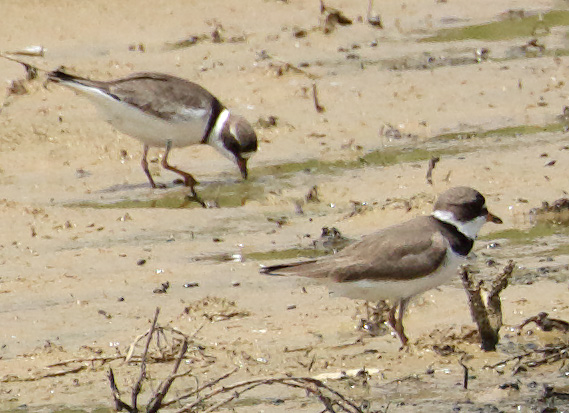
Semipalmated Plovers
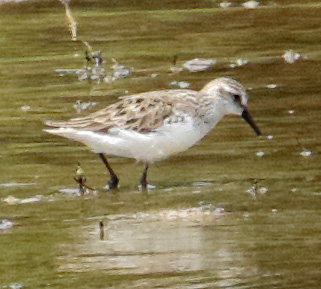
Semipalmated Sandpiper

Least Sandpiper

Shorebirds: 4 Semipalmated Sandpipers and 1 Semipalmated Plover (2nd from left)

Shorebirds: 4 Semipalmated Sandpipers and 1 Least Sandpiper (bottom bird)

Shorebirds: 4 Semipalmated Sandpipers and 1 Least Sandpiper (left)
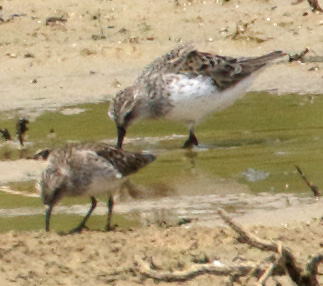
Shorebirds: Semipalmated Sandpiper and Least Sandpiper (left)

Shorebirds: Semipalmated Sandpiper and Least Sandpiper (left)

Shorebirds: Least Sandpiper, Semipalmated Sandpiper and Semipalmated Plover
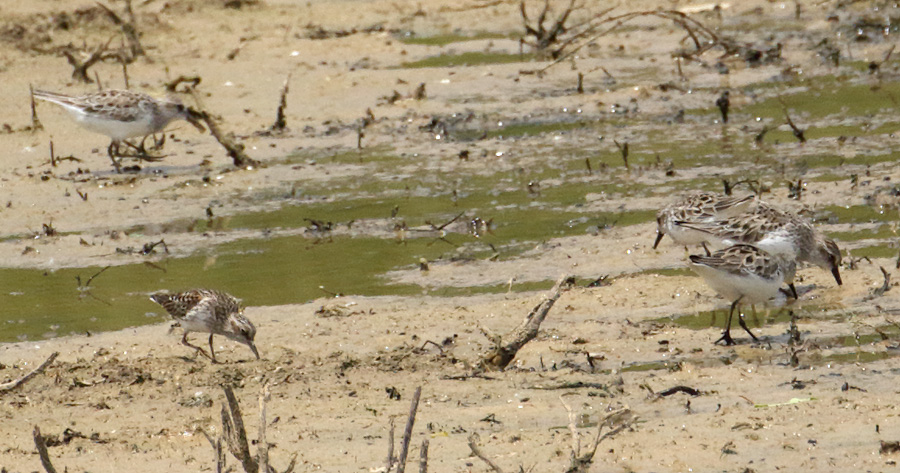
Shorebirds: 4 Semipalmated Sandpipers and 1 Least Sandpiper (bottom left)
One of the Smeipalmated Sandpipers looked very light in color. Perhaps it was a first year bird?
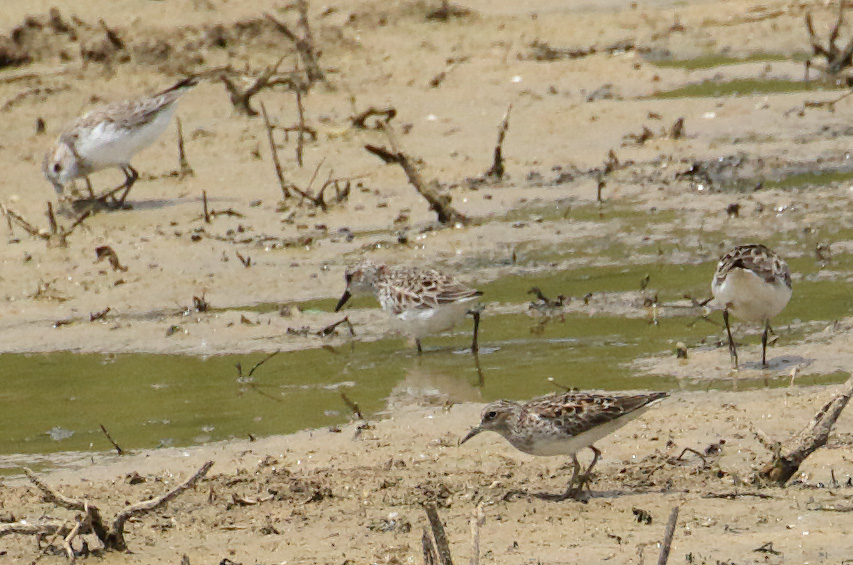
3 Semipalmated Sandpipers and 1 Least Sandpiper (bottom)
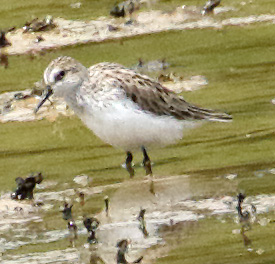
Semipalmated Sandpiper